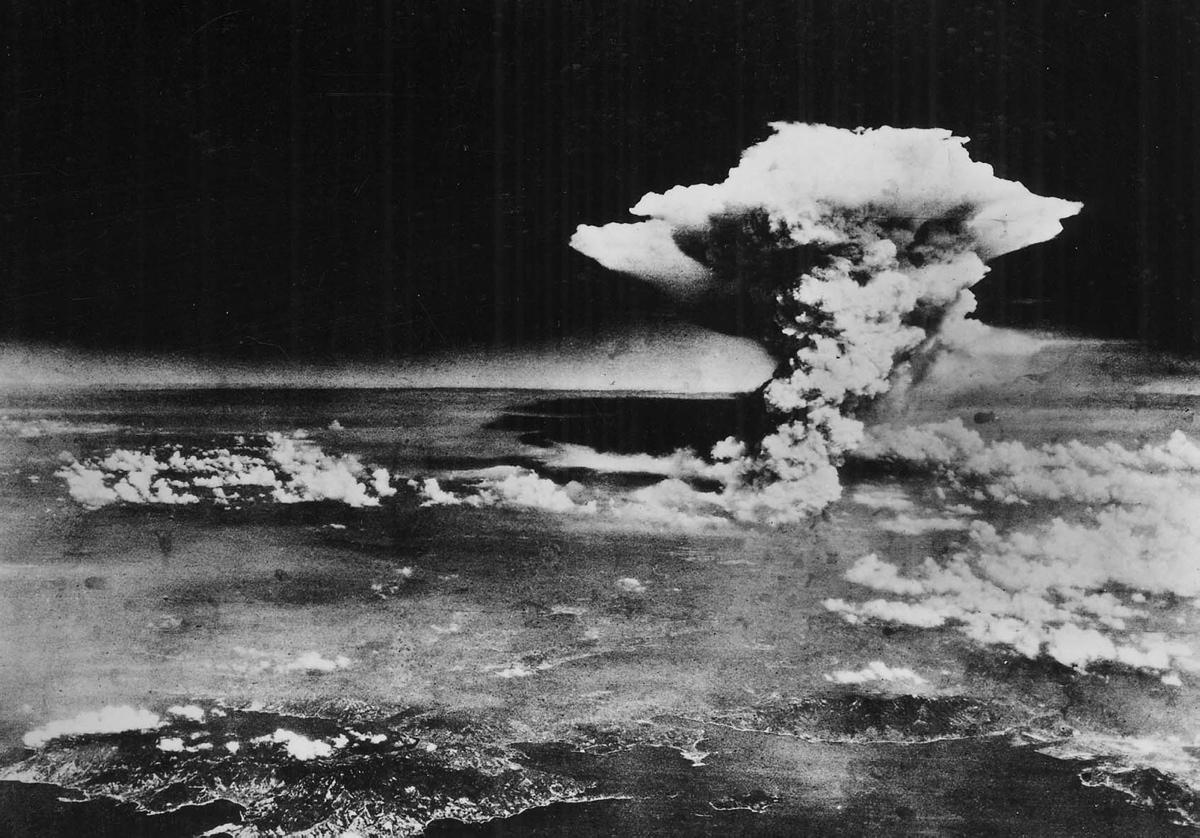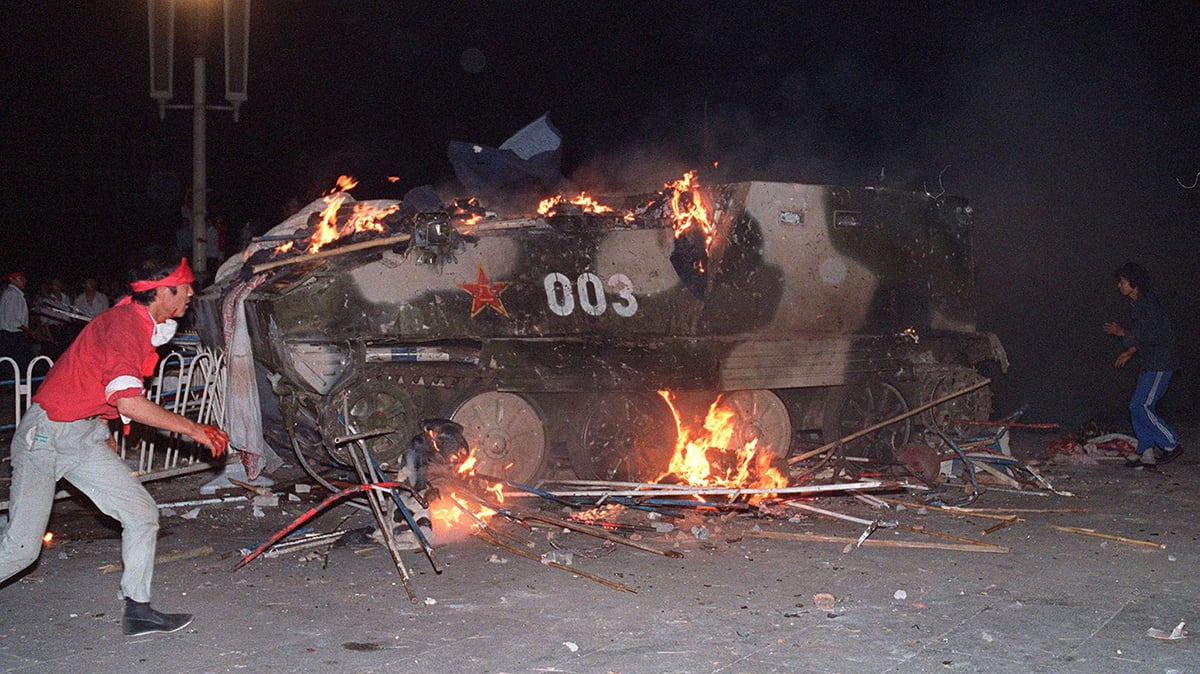On Jan.14, Nepal’s cabinet approved an interim constitution that allowed the Communist Party of Nepal-Maoist (CPN-M) to take 25 percent of the seats in a new parliament that is expected to oversee constituent assembly elections later this year.
On Jan.15, the thousands-strong People’s Liberation Army, under the leadership of the CPN-M, began relinquishing its
|
The CPN-M describes these moves toward a constituent assembly as “yet another historic moment for us and all Nepali people,” according to spokesperson Krishna Bahadur Mahara.
The Nepali people have ushered in a series of historic moments over the last six months—including effectively stripping the monarchy of its hold on the last remaining feudal kingdom. But this latest step toward disarming the people’s army is potentially highly detrimental to the CPN-M’s ultimate stated goal of a socialist Nepal.
Over the last 10 years, the PLA had gained popularity with Nepal’s people, who live in great poverty. Over 40 percent of Nepal’s 27 million people are unemployed and, according to World Bank statistics, 30.9 percent of people in 2003 lived below the poverty line. Nepal is the world’s 12th poorest country.
The PLA controlled the majority of territory in the mostly agrarian, mostly feudal country. It built schools and roads, elected officials and judges and provided a myriad of social services to the people.
Continued struggle
The CPN-M was in the leadership of the mass uprising that toppled King Gyanendra in April 2006. Nineteen days of strikes and mass protest forced the king to step down—once bourgeois and imperialist allies, from the United States, Britain and India in particular, had deserted him.
The protests were ostensibly led by an alliance between the capitalist Seven Party Alliance and the CPN-M. But the Nepali people recognized the CPN-M as being more attuned to their demands than the bourgeois leaders, who were willing to compromise on the existence of the monarchy.
The CPN-M insists that the new 330-seat parliament and the moves toward a constituent assembly will fulfill the will of the people to strip the monarchy of all power and begin the process of affecting substantive economic and social change.
However, there are indications that at least some CPN-M cadre and other forces in the country disagree with this assessment. On Jan.22, CPN-M members continued to operate the People’s Court in Dhangadhi. A report on ekantipur.net noted that CPN-M forces had stormed a police post in Patbhar the day before.
The capitalist owners in Nepal are agreeable to the process being undertaken and the establishment of the interim constitution, which poses no threat to their right to exploit workers. Likewise, U.S. imperialism has congratulated Nepal on its movement toward a “full-fledged democracy.” And India and China—who do not want to see a revolutionary struggle break out openly and aggressively in Nepal for their own discrete reasons—have also expressed satisfaction.
On Jan. 24, the United Nations approved a mission that could deploy 186 former military officers to “quell recent outbreaks of violence and enforce a peace deal between the government and Maoist rebels,” according to the New York Times.
The factor in the equation that remains somewhat unclear is the mood of the people on the ground in Nepal. The revolutionary fervor of last April and May has certainly died down and the organization supplied by the CPN-M is being dismantled.
Still, the Nepali people have a great potential to mobilize in the face of threats against their sovereignty and attempts to circumvent their demands—completely doing away with the monarchy, in particular.





